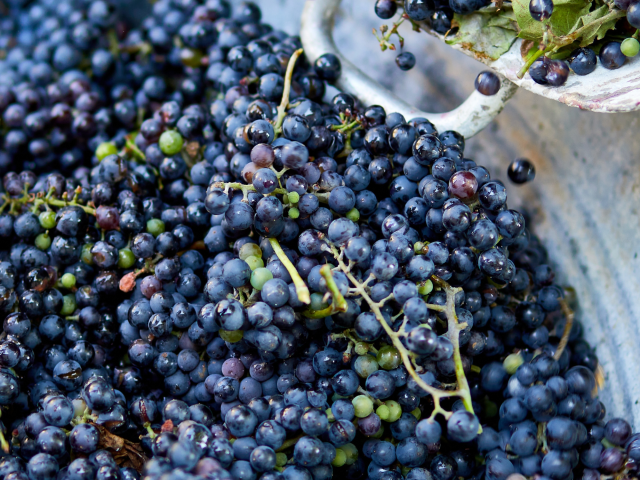This website uses cookies so that we can provide you with the best user experience possible. Cookie information is stored in your browser and performs functions such as recognising you when you return to our website and helping our team to understand which sections of the website you find most interesting and useful.
OIV: ‘extreme’ climate has ‘severely impacted’ vineyards globally
“Extreme climatic conditions” impacted vineyards globally but the wine sector is now in “equilibrium”, according to the International Organisation of Vine and Wine’s (OIV) full report on the state of the wine sector last year.

The news follows the drinks business reporting last November that there was broad expectation about wine production being the worst hit in more than 60 years.
At the time, the drought and disease have caused wine production to hit a 60-year low, although a reduced 2023 harvest could help alleviate oversupply due to falling consumption, said the OIV last year.
Extreme
In a presentation at the organisation’s headquarters in Dijon, director general of the OIV, John Barker, said that extreme climatic conditions and widespread fungal diseases severely impacted many vineyards worldwide, culminating in a historically low global wine production of 237 million hectolitres.
This marked a 10% drop from 2022 and represented the lowest output since 1961.
Very low production volumes were recorded in both the EU, which reduced by 11%, at 145 million hectolitres, and the Southern Hemisphere that fell even further at 15% to 47mhl.
Consumption
The organisation reported that global wine consumption in 2023 is estimated at 221mhl, indicating a decrease of 2.6% compared to 2022’s “already low” figures.
The spike in production and distribution costs, was “driven by inflationary pressures, led to higher wine prices for consumers, who were already dealing with diminished purchasing power”, it said.
More than two-thirds (68%) of global consumption was concentrated in the top 10 markets, it said, with the top five consuming countries representing 51% of the world total.
The EU alone accounted for 48% of consumption or 107 mhl, which was a slight decline of 2%.
Equilibrium
The difference between wine production and wine consumption is estimated at more than 16 mhl, which is a decline of 15% on the previous year.
Considering that every year between 25 and 35 mhl of the total wine production are destined for industrial uses, such as vinegar, the low production volume of 2023 is “expected to bring equilibrium to the world market”, the OIV said.
World wine exports in 2023 have decreased by 6.3% in volume compared to 2022, recording the lowest volume since 2010.
Export value
Despite a 4.7% decrease compared to the record high of 2022, the global wine export value in 2023 reached 36.0 billion EUR, the second highest ever recorded.
The average world export price of wine in 2023 peaked at 3.62 EUR/L, the highest ever recorded. This represents a “significant increase” of 29% since 2020, it said.
This rise in prices “primarily stems from higher costs incurred by producers, importers, and distributors, a direct consequence of global inflationary pressures”, according to the OIV.
Just under half (45%) of the wine consumed worldwide in 2023 is imported wine, a sign that the “world wine market is highly globalised”, the OIV concluded.

